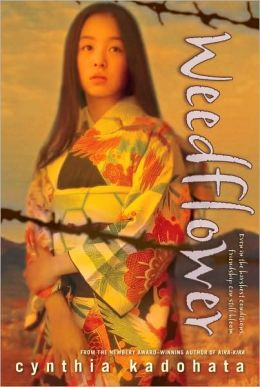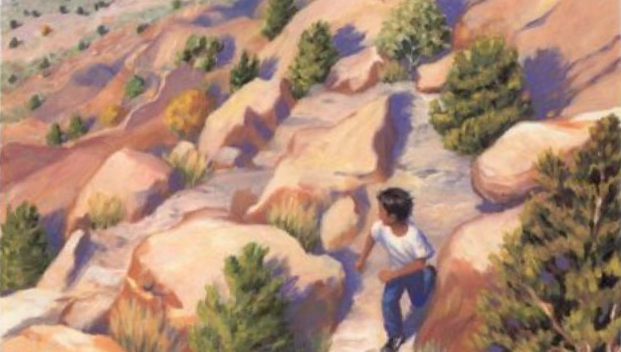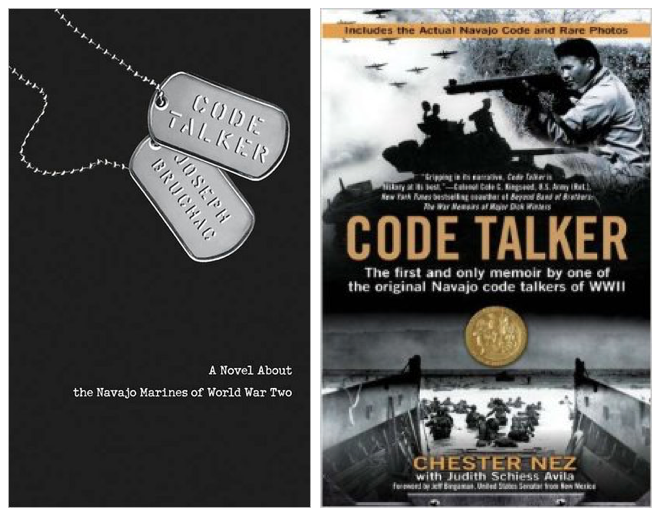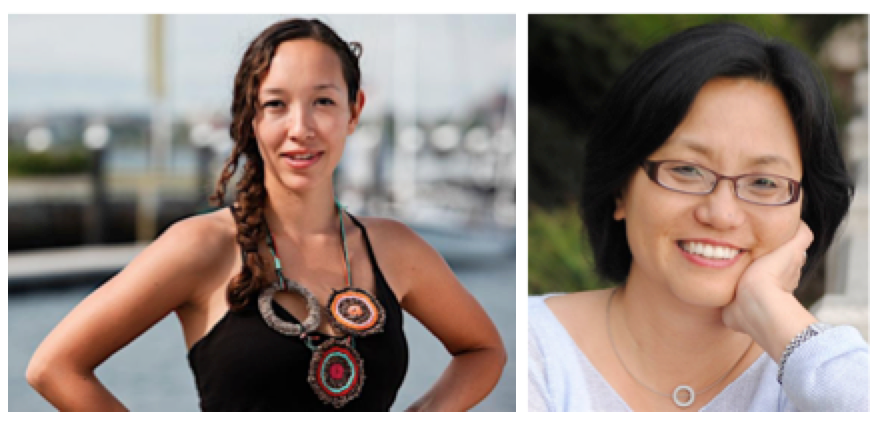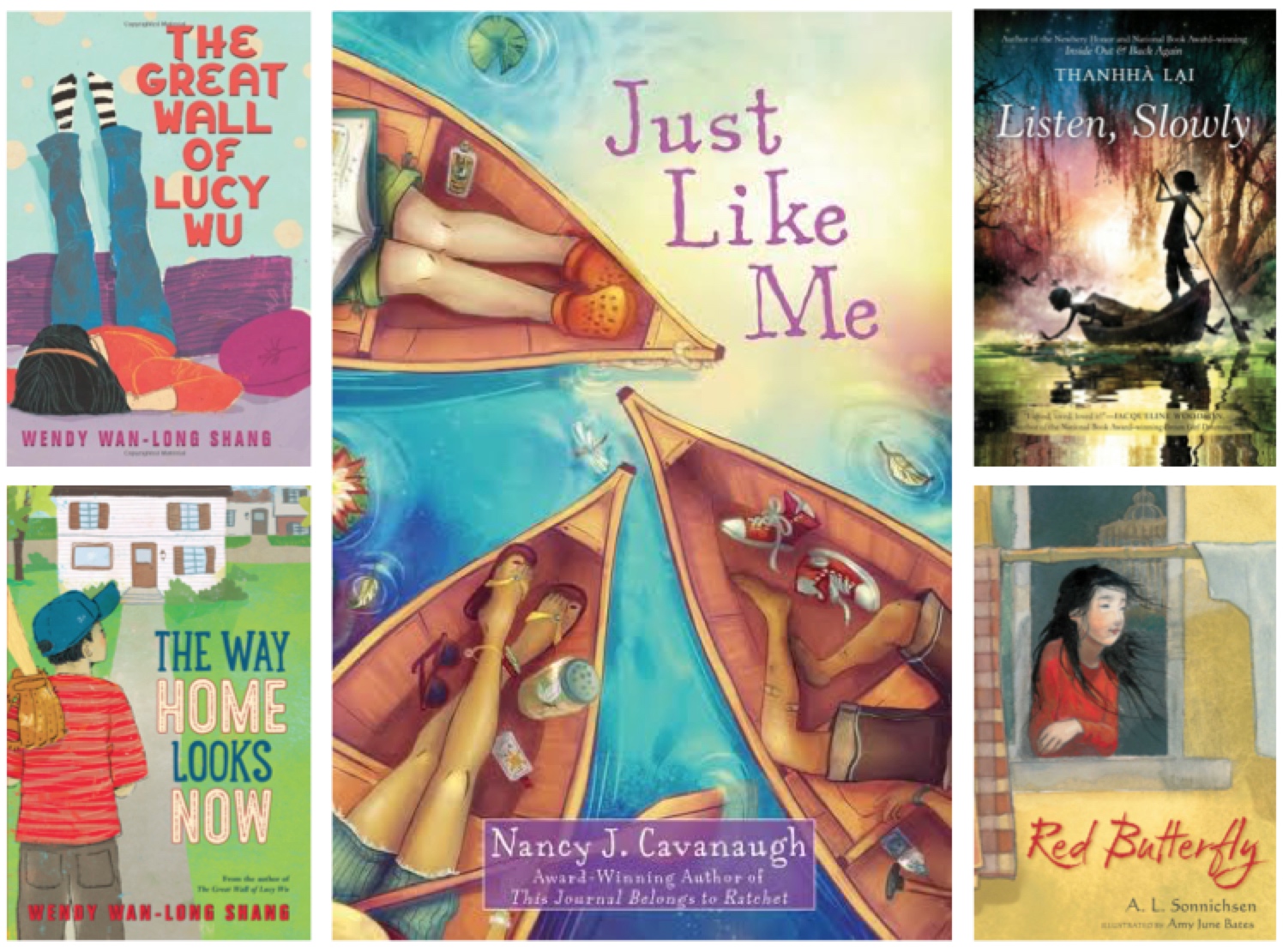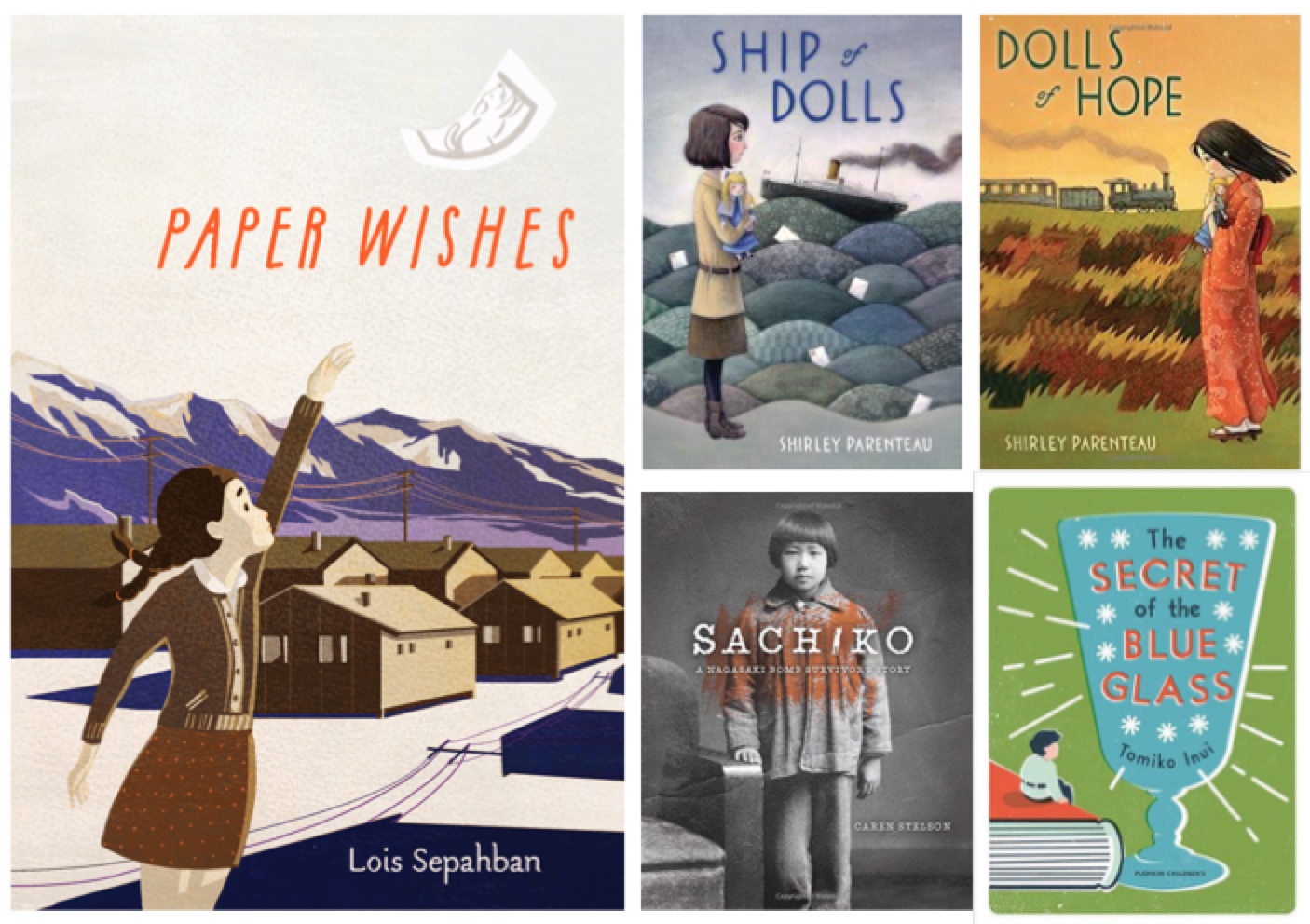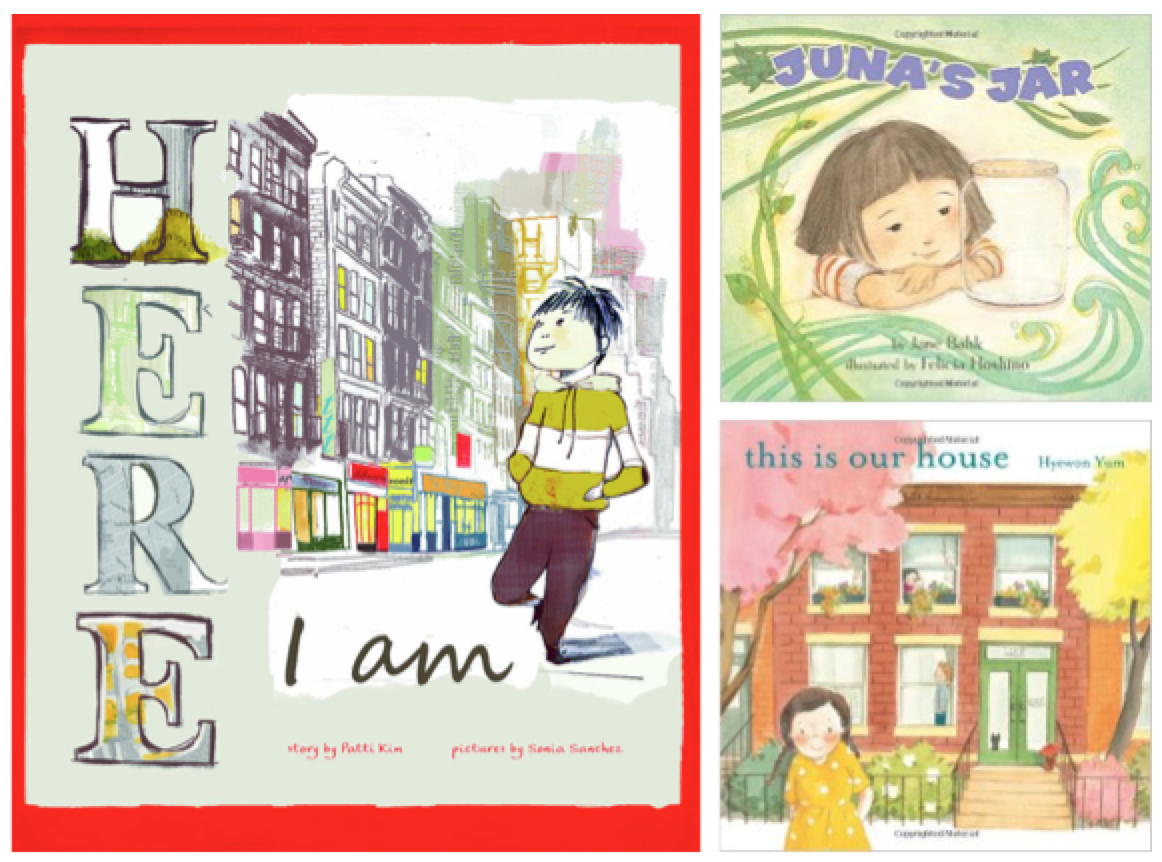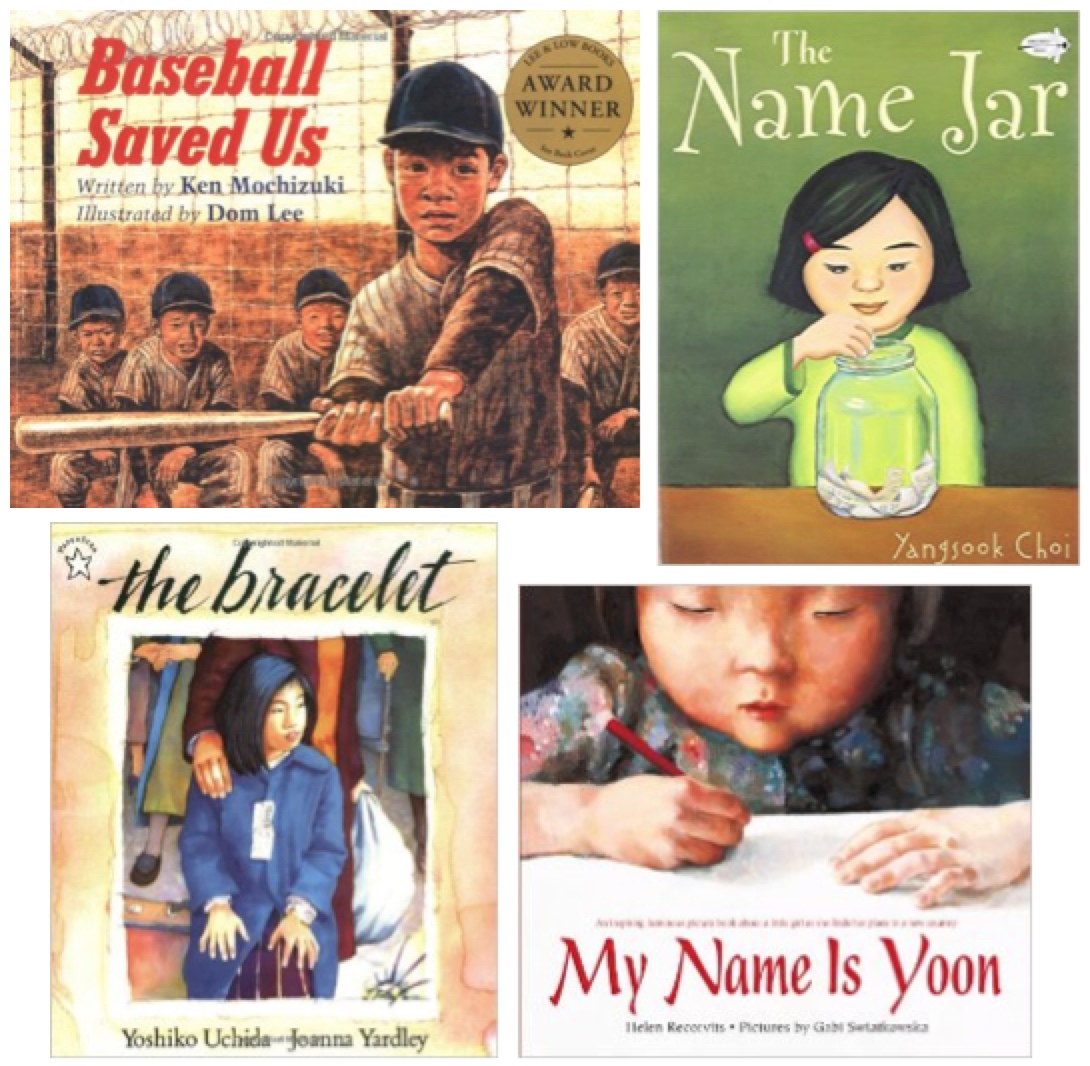Examining Morally Complicated Young Adult Literature
By T. Gail Pritchard and Deborah Dimmett
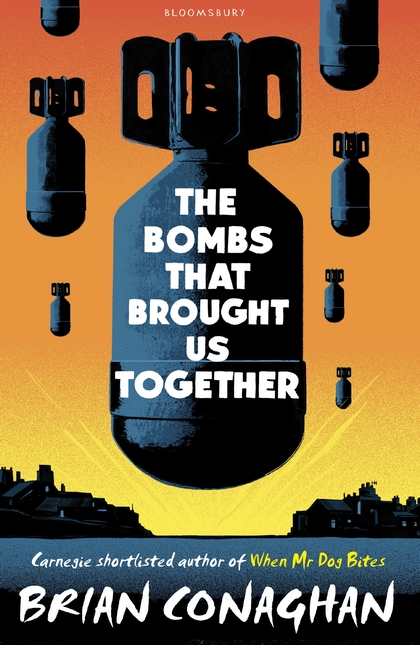 The Bombs That Brought Us Together by Brian Conaghan
The Bombs That Brought Us Together by Brian Conaghan
GAIL: This time last year, the young adult literature (YAL) world was all abuzz about an unfortunate choice of words by a debut author. Perhaps it was naivety on his part, perhaps it was the way his words were edited in an oft quoted article, perhaps it was a combination — but the result was the same, the YAL community did not like his description of past and current YA as lacking moral complexity. They posted, they blogged, they tweeted; and as a result, lists of morally complicated YAL appeared and sessions at conferences (e.g. YALC 2016, NCTE 2016) were well-attended. Through the discussion of some of the novels appearing on these lists and in conference sessions, we will explore definitions of morally complex YAL, the complicated journeys that occur, the likability of the characters, and the tough questions these novels force us to ask. Continue reading




